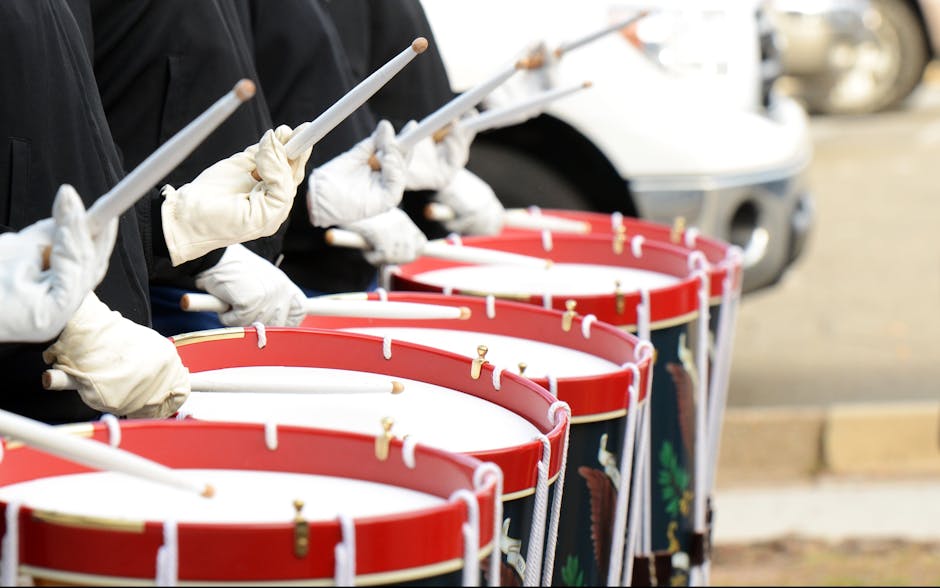Transcriber: Tijana Mihajlović
Reviewer: Denise RQ When I was in graduate school
working on the doctorate, I eventually reached the point where you have to decide
on a topic for the dissertation. The dissertation, or thesis,
or book has to be original and it has to make
a contribution to the field, in my case, American studies. I didn't know what I was going to do,
although I had one idea: I thought of creating a study
of the drum, the African drum, and how it was used in early America. There is a cliche in American history that the African drum was banned,
prohibited in early America, because it was thought that the drum was used as a tool
of communication in slave revolts. Think of an object, a cultural object,
that has been banned, taken by one group from another group. Can you think of any examples? Books have been banned over time in various places. The phrase "banned in Boston"
comes to mind. Alcoholic drink was banned in the early 20th century
during Prohibition. In Western Europe,
the Jewish Torah was banned, taken from public view.
In the British Isles, bagpipes were banned by the English
against the Irish, long ago. I took my idea for a studying of the drum
in the Americas back to my professors and they said, "No, Chris, you can't do a study
on the drum in the Americas. There's no evidence. There's one example,
you know, the guy up at Yale.
Everyone uses his quote." Well, after two years, I had found over 140 personal accounts and over 563 citations of the use of the African drum
in the Americas. Many people wrote
about African-American culture generally in the early Americas: Benjamin Franklin, Thomas Jefferson, Hector St. John de Crèvecœur
in his "Letters from an American Farmer", Mark Twain, Charles Dickens,
Rudyard Kipling, among others. I'd like to share three examples with you. Sir Hans Sloane was one of the creators of The British Museum. This is his writing. Have a quick look. In the 1700s, he was physician
to the Duke of Albemarle in Jamaica and during his time there wrote about African slaves
that he saw performing.
Notice here towards the bottom, he says, "It was thought to" regarding the use of the drum
in relation to war. Also the word 'thouls';
it's just a part of the drum. Colonel Edward Marcus Despard
was sent by the British Crown to Honduras in 18th century
to assist with the settlement there. He also wrote an account
and here, in the middle of the page, – take my word for it – (Laughter) he writes about how a group of slaves
were playing a gumbe drum and caused a stir in the town.

In the 19th century, Benjamin Latrobe, who was an architect,
a surveyor, and an engineer – he helped design Washington D.C. – visited New Orleans and created
drawings of the drums he saw there. He also drew
other instruments that he saw. Here on the left
is an early version of the banjo. The banjo isn't an American invention. The banjo uses
drum technology and its construction. Here, a skin is stretched over gourd
and neck is attached with strings, an African style sculpture at the top. My research showed that there were many non-violent uses
of the drum in the Americas, such as for weddings, at Christmas time, for harvest festivals, to signal an arrival, and for dance.
Oh, and the war drum – there wasn't any. Of the approximately 250 revolts in the Americas during the slave epoch, how many used drums? Two: one in Louisiana,
the other in South Carolina. So, the drum was banned, although the ban didn't work. But the drum was banned. The situation led
to the creation of surrogates, substitutes, other instruments used
in the place of the drum, such as tambourine, bones, the banjo, and fiddle. Imagine being a slave. You have few personal items,
your time is not your own, and you do really hard work. The instruments African Americans used then had to be small,
lightweight, and portable. After Emancipation, African Americans got their hands
on many more instruments, particularly those of the marching band. The marching band and its music
was a kind of a popular form in the late 19th century; brass instruments,
woodwind instruments, and percussion. In the early 20th century, black players began to experiment with the form and the instruments. They also began to improvise. Picture the instruments,
the percussion instruments, of the marching band: bass drum, tam-tam, snare, and cymbals arranged on the floor not so that one person
could play each instrument, which is the case in a marching band, but so that one person played all of the instruments.
This innovation led to the development of one of the most important
instruments in music today, the drum set. By the way, this is a photo of Max Roach. So it was that a simple musical instrument made of wood and skin that was loved by many
and taken away, returned, and was the cause, the catalyst
of something amazing. Thank you. (Applause).

